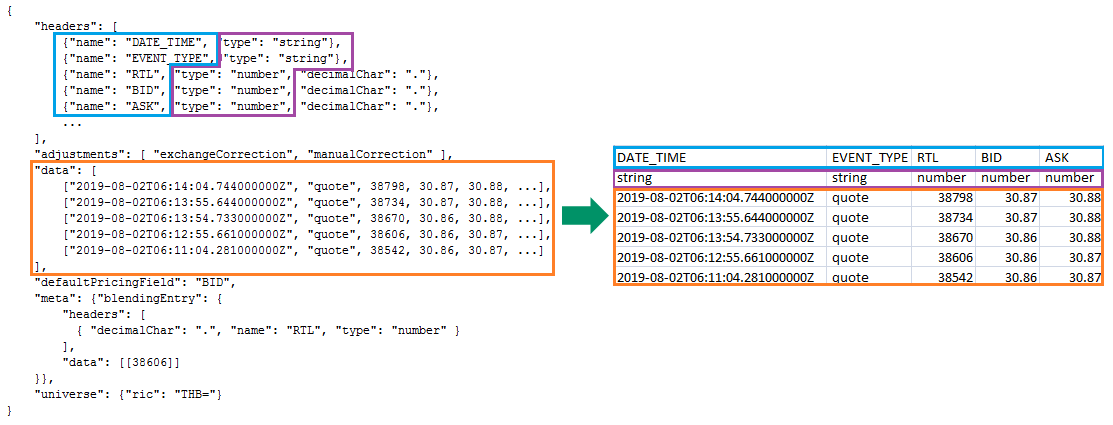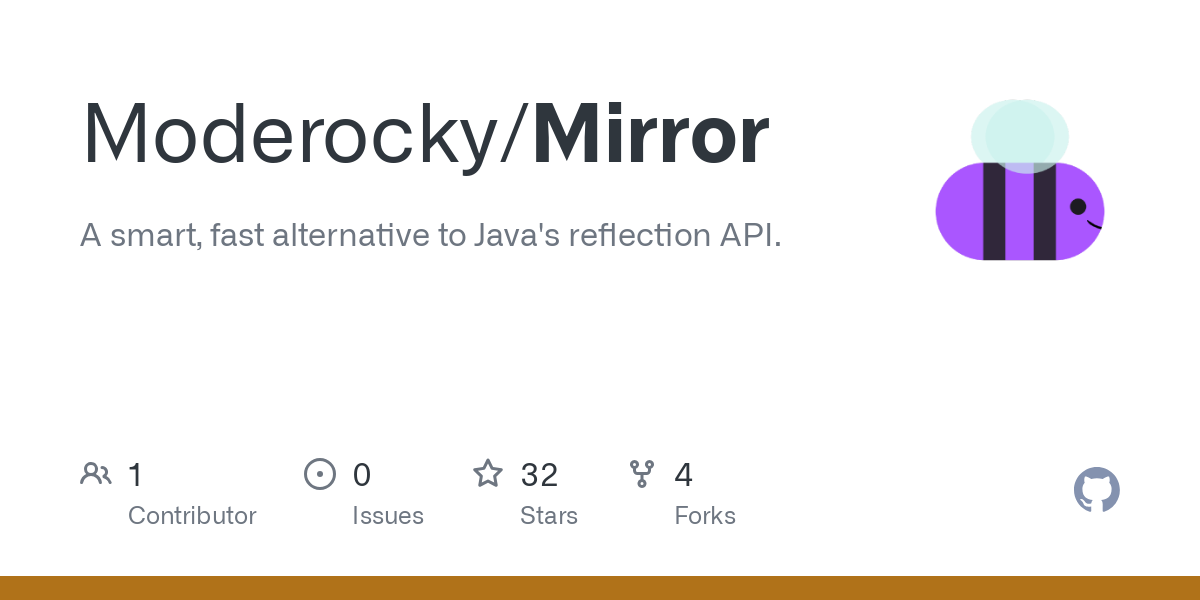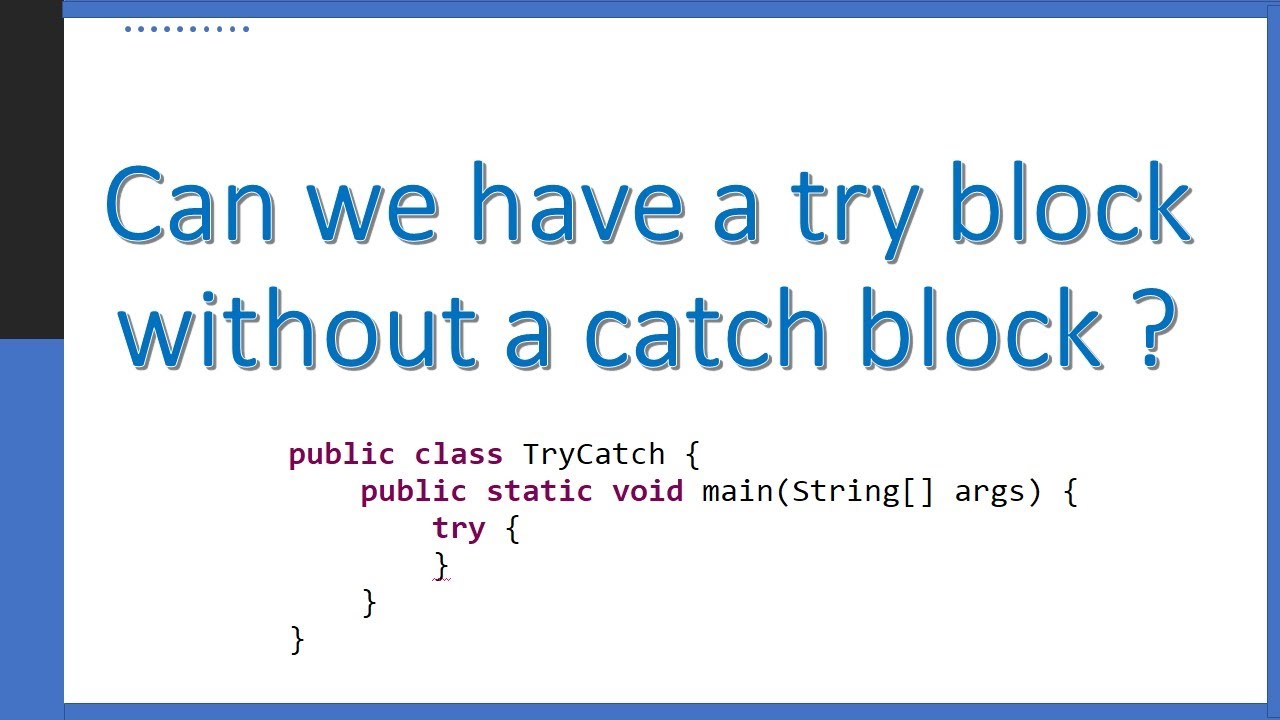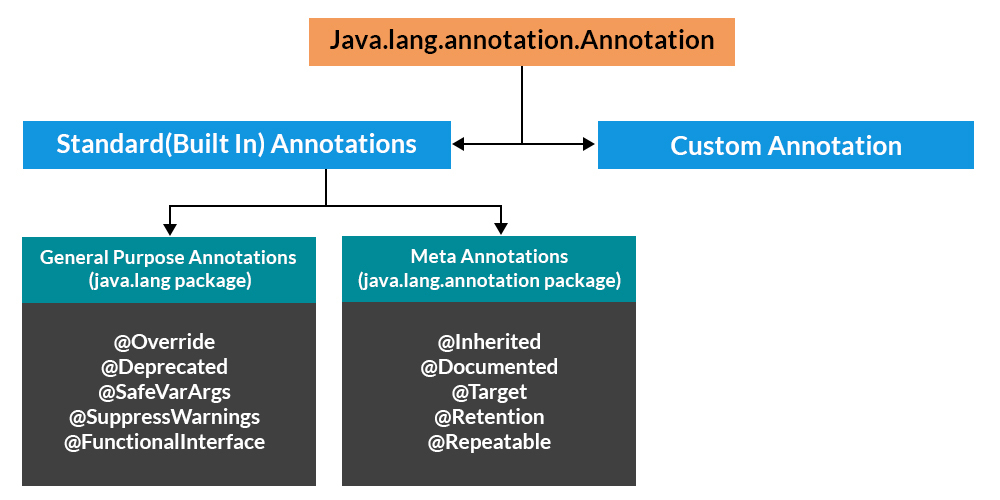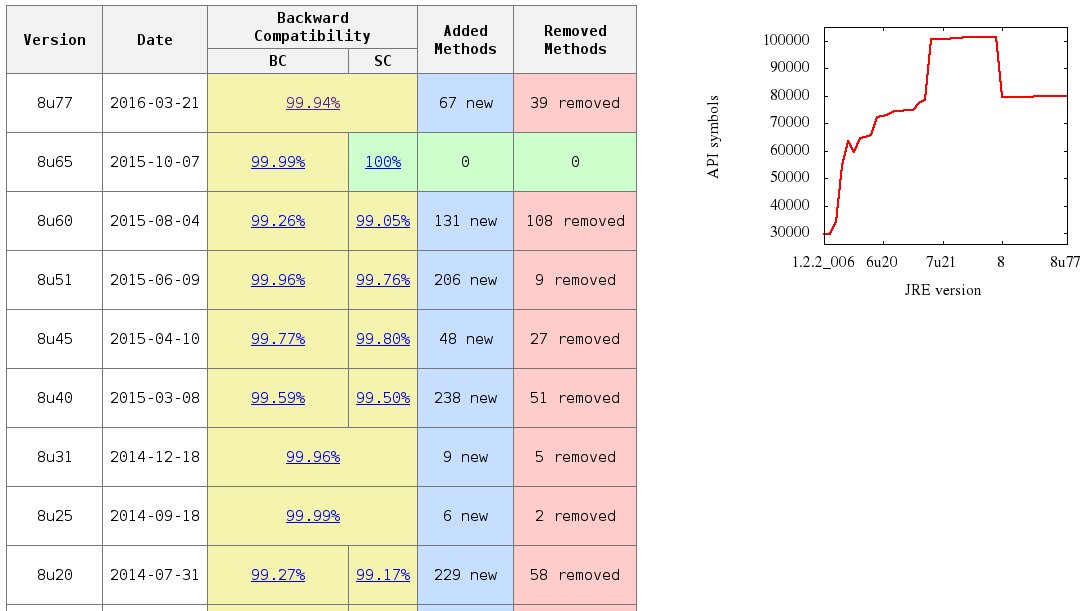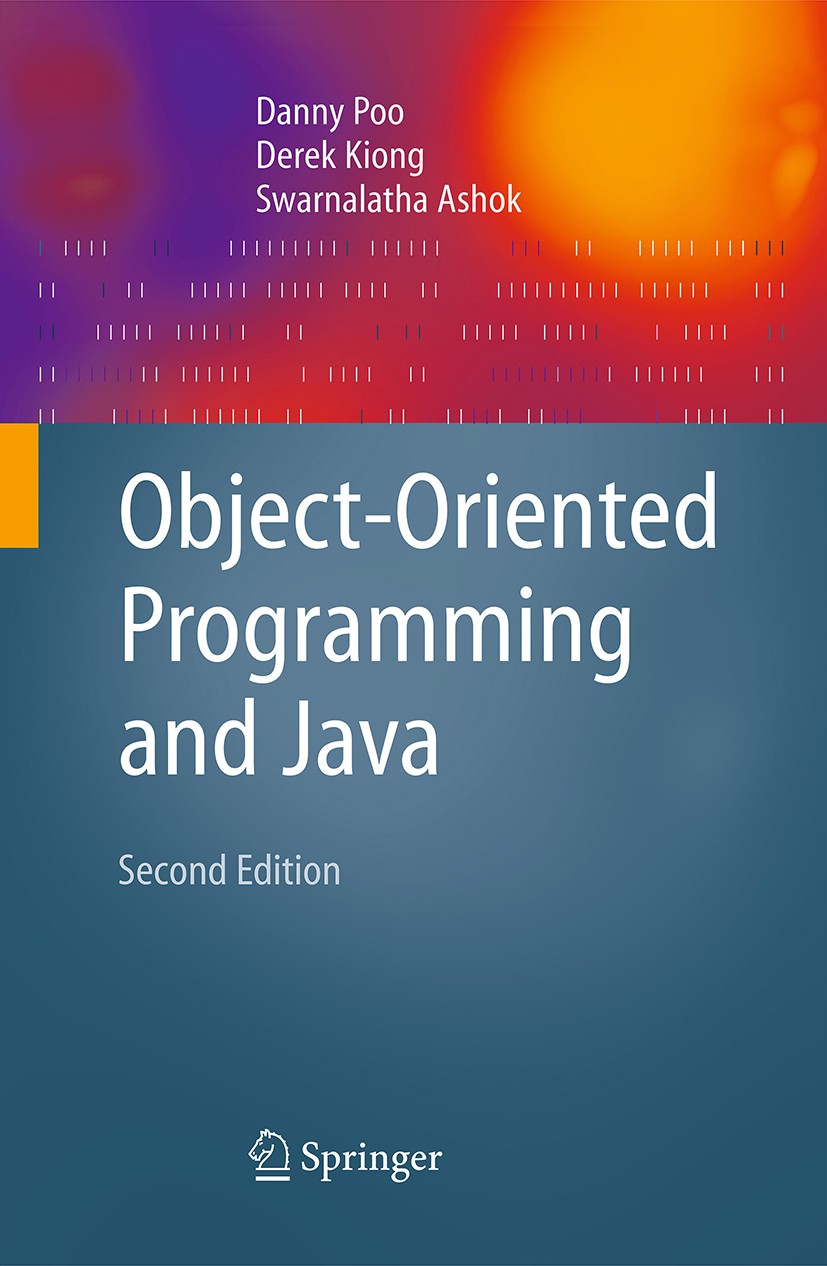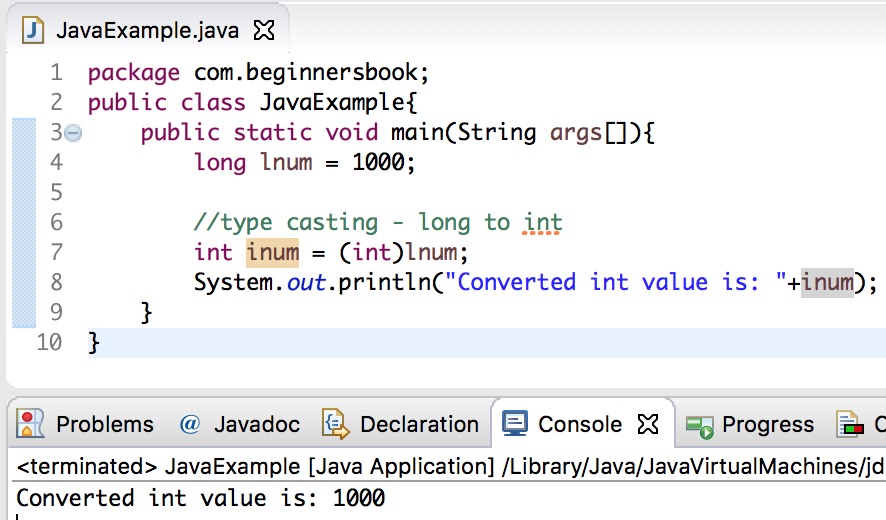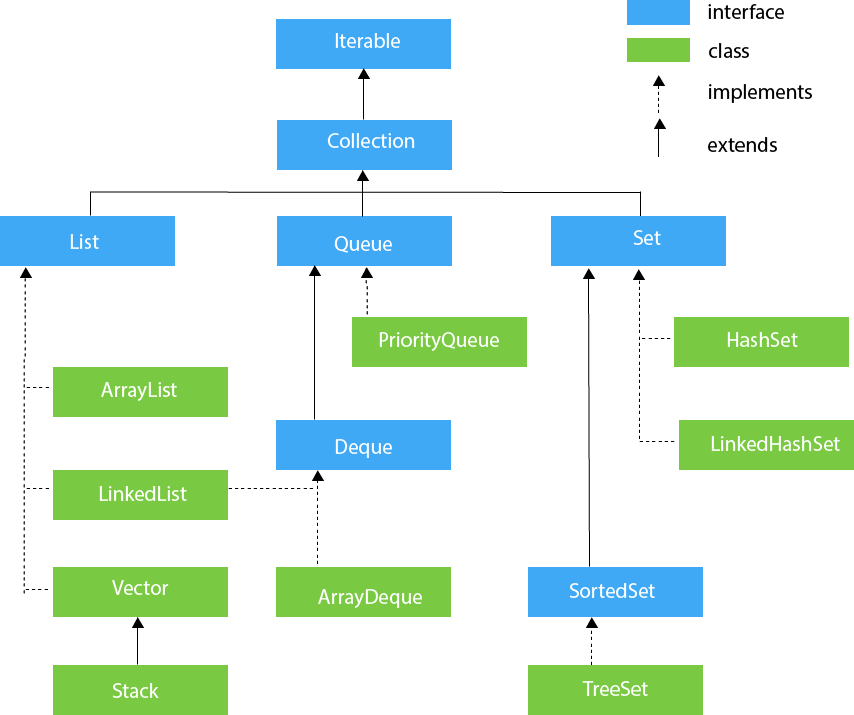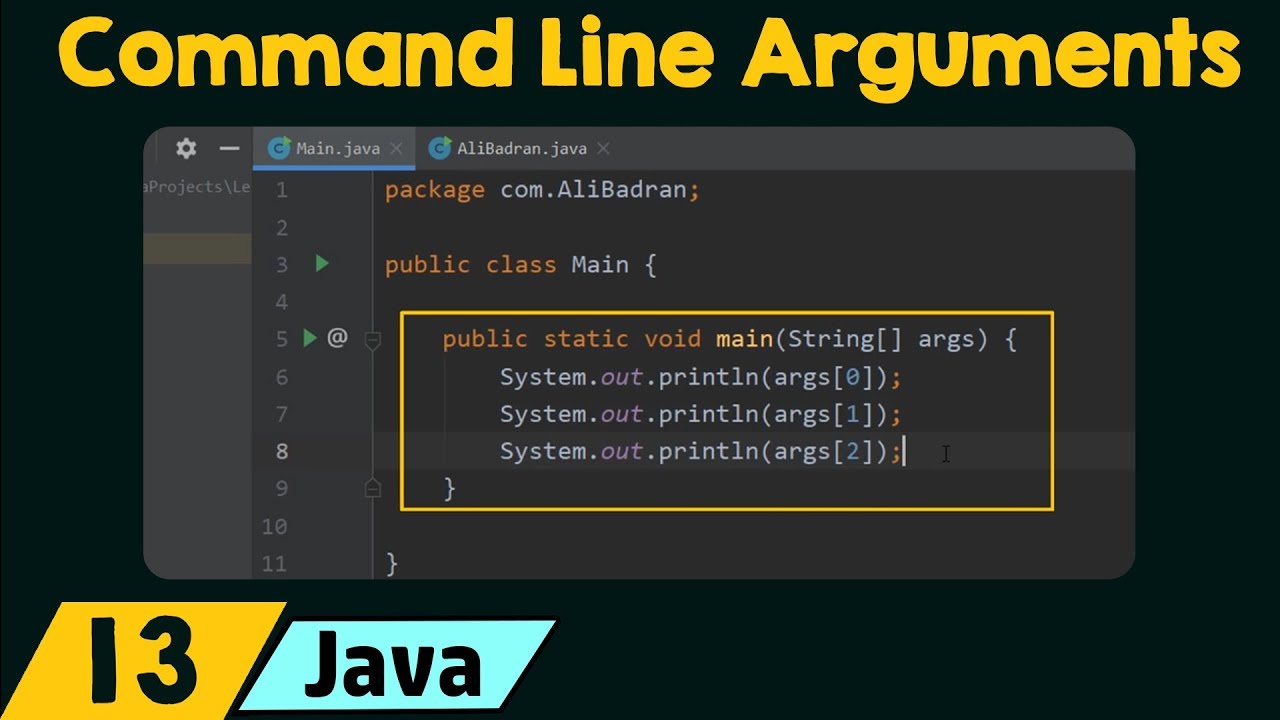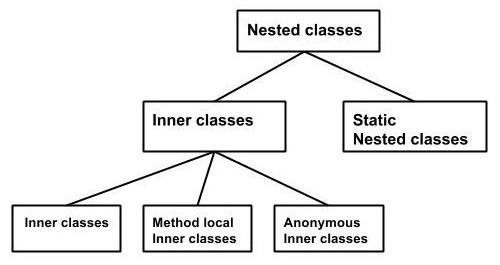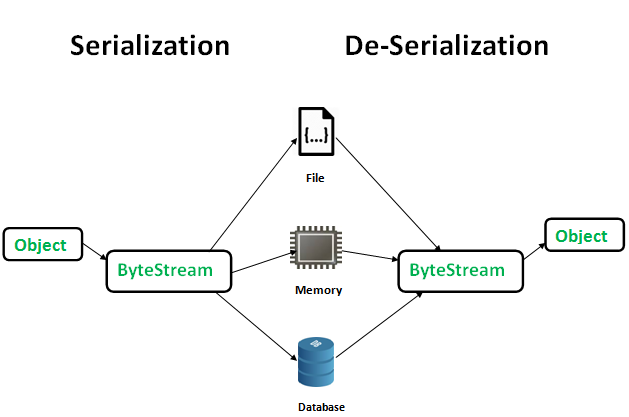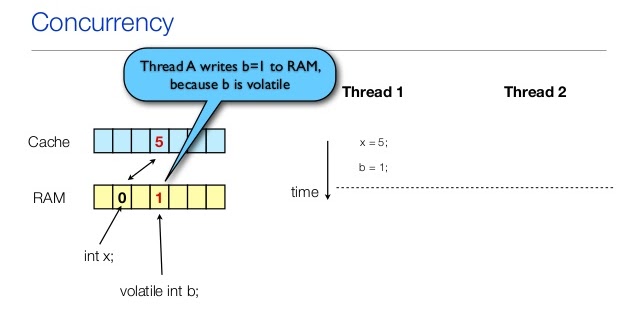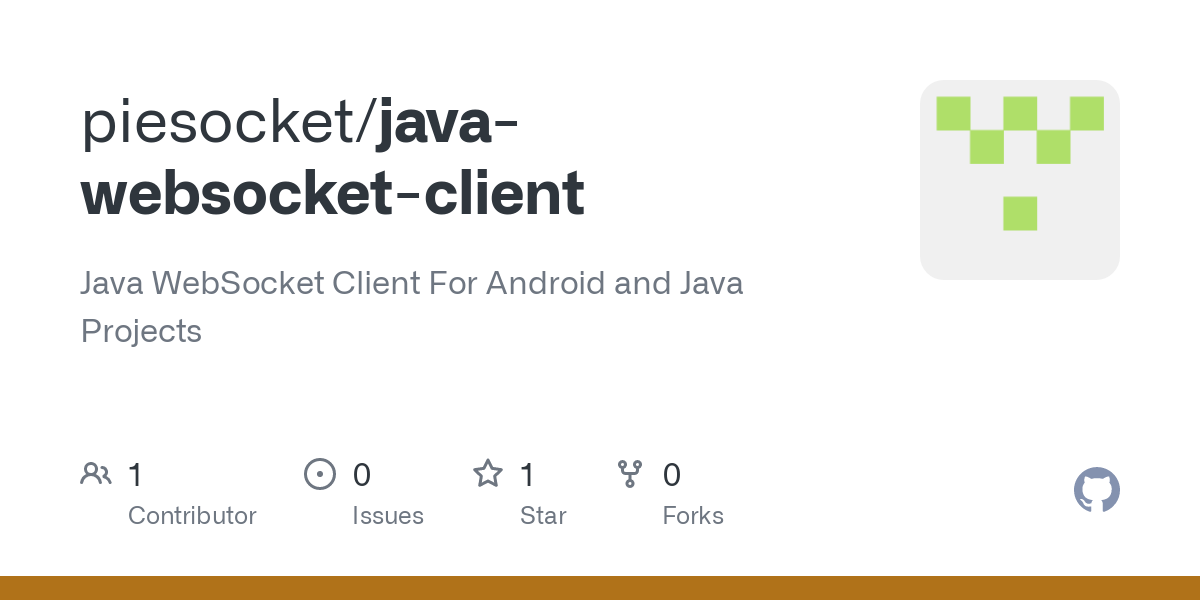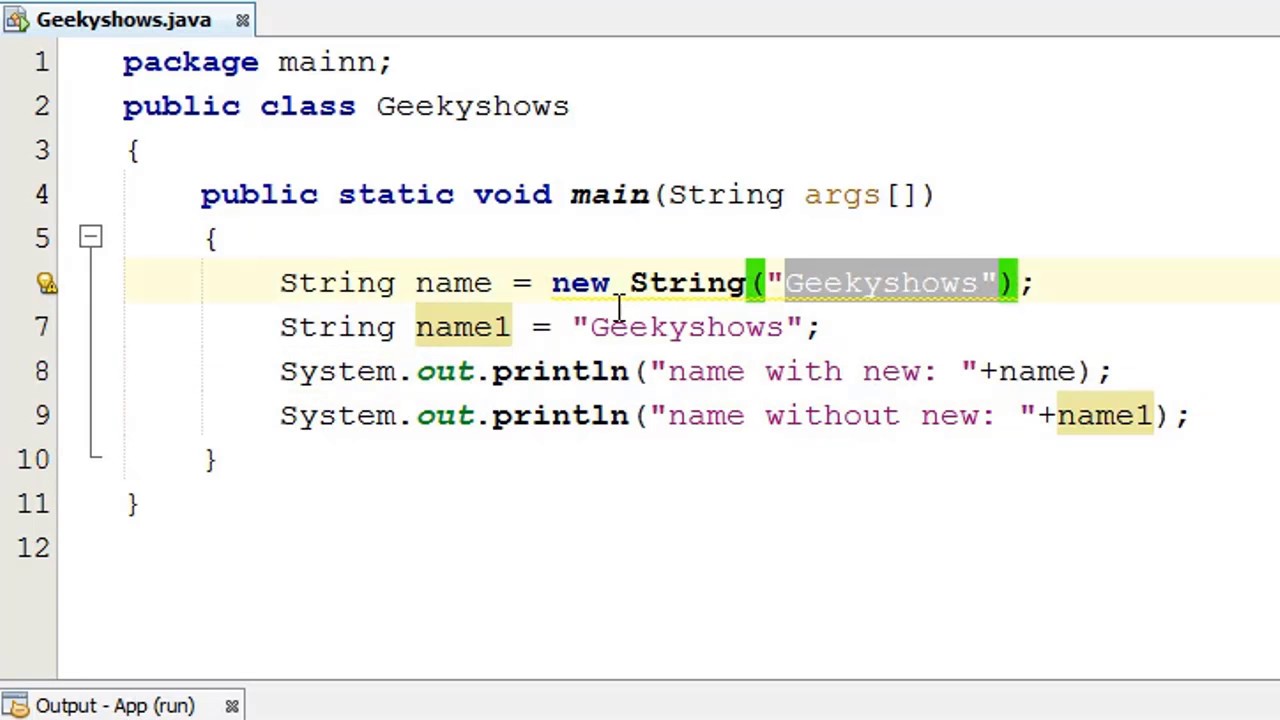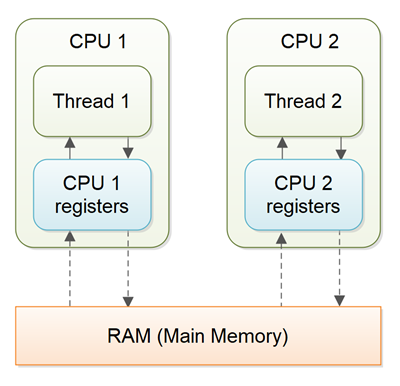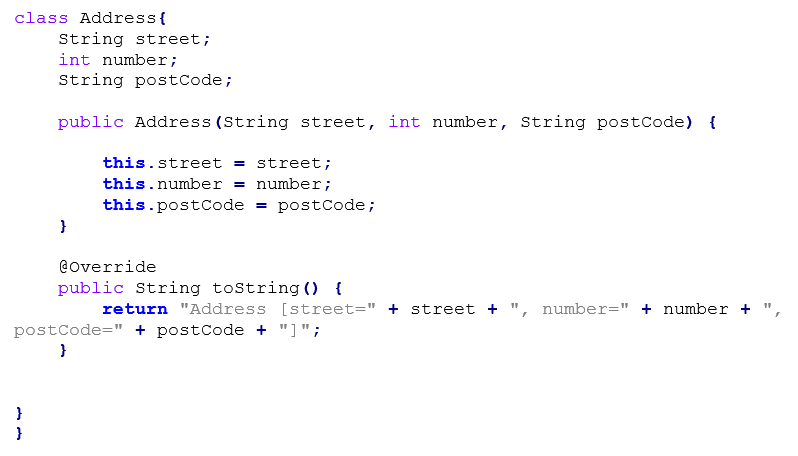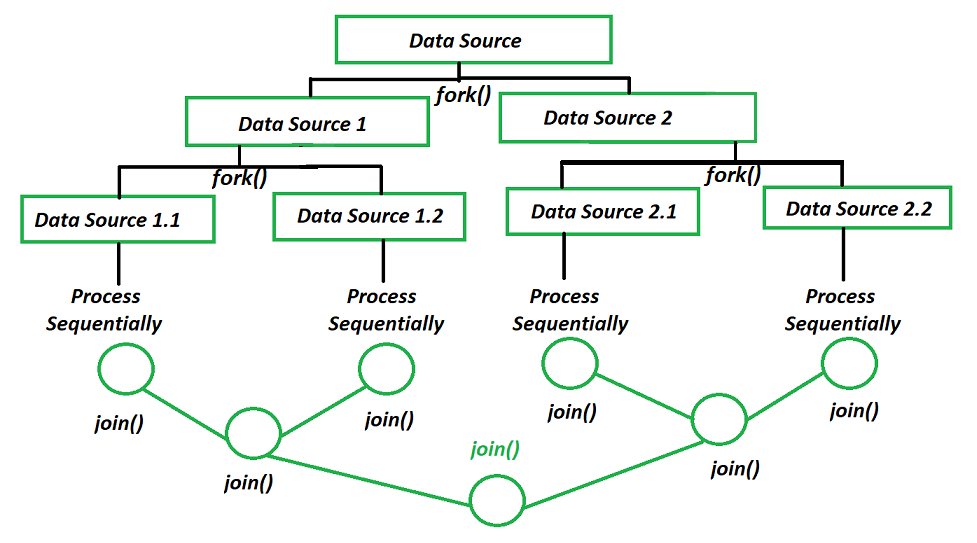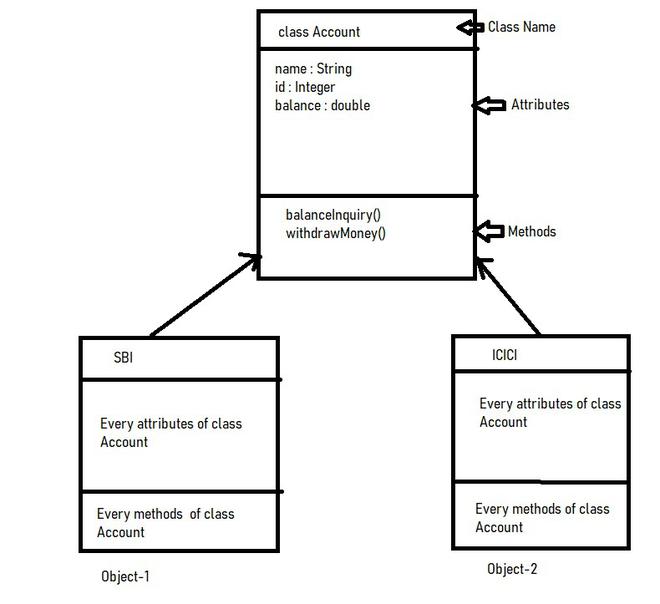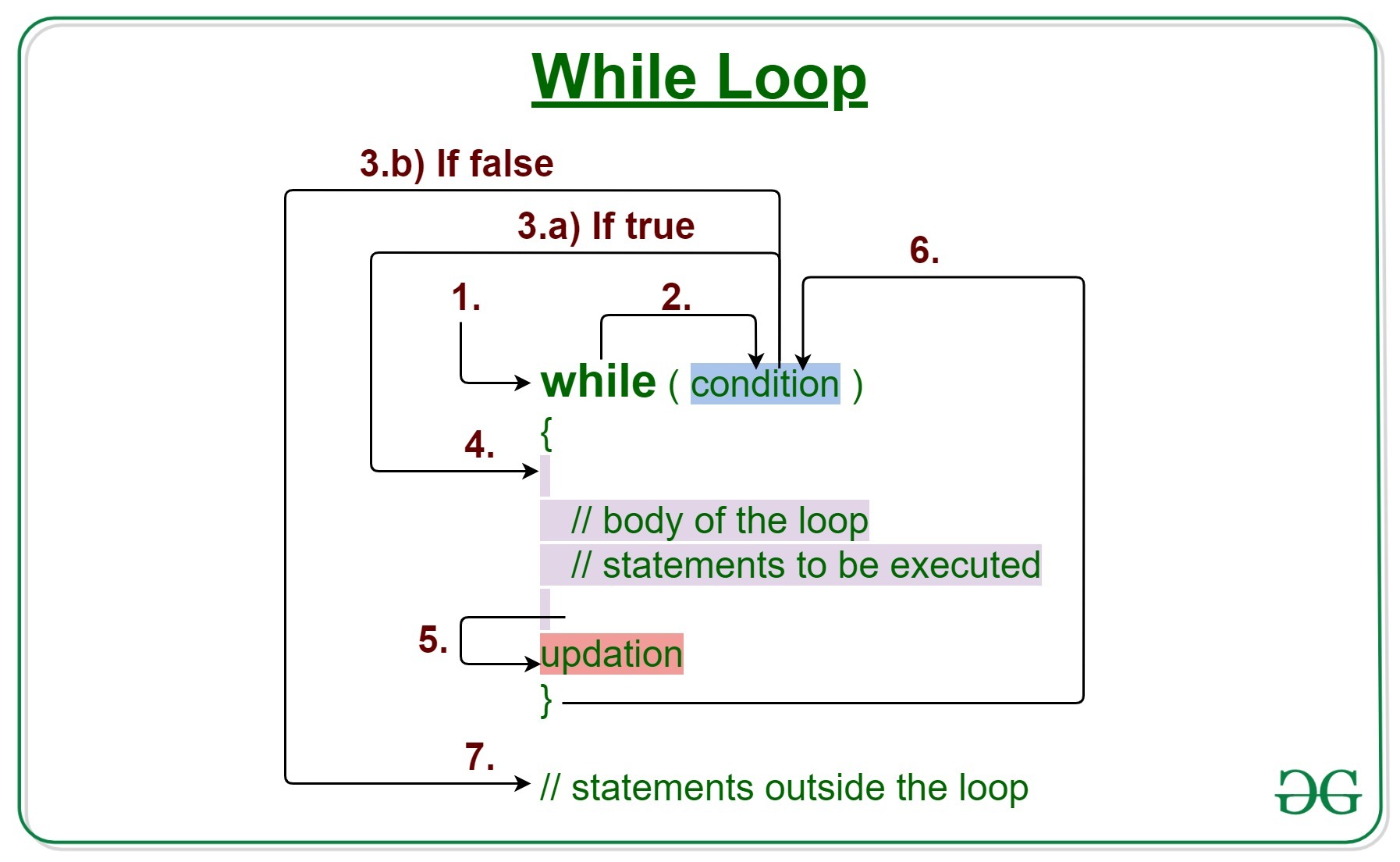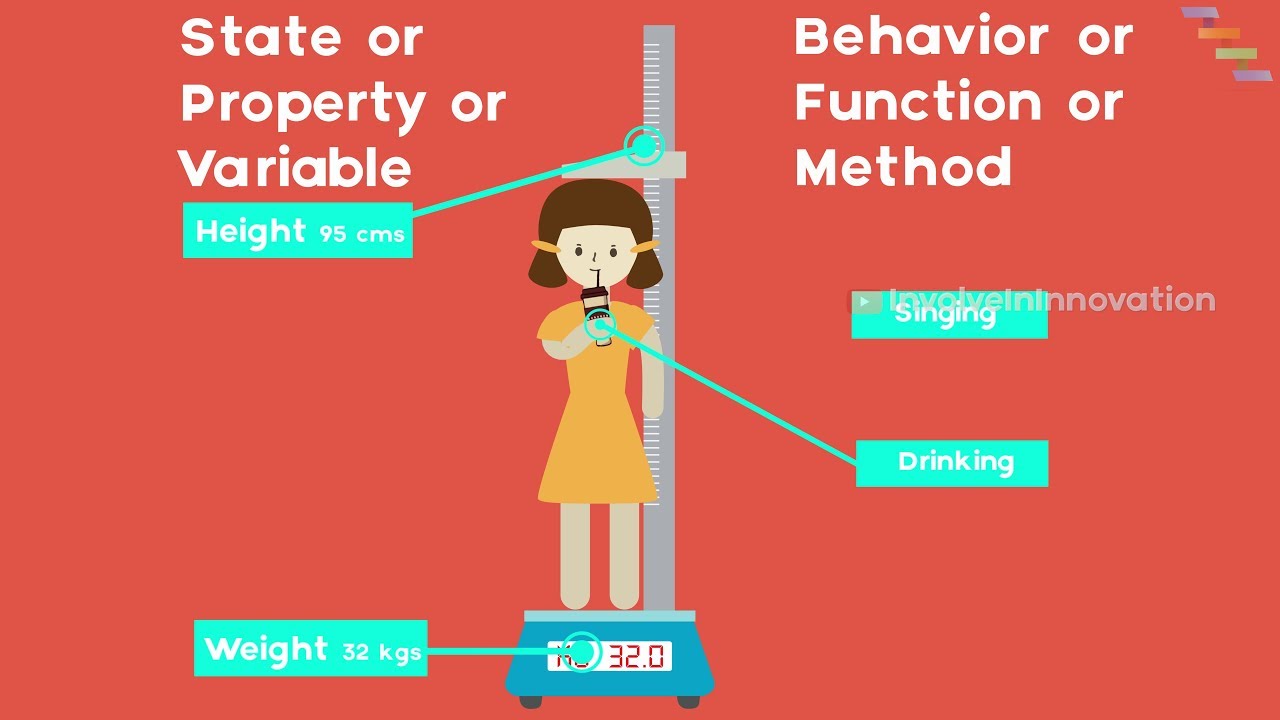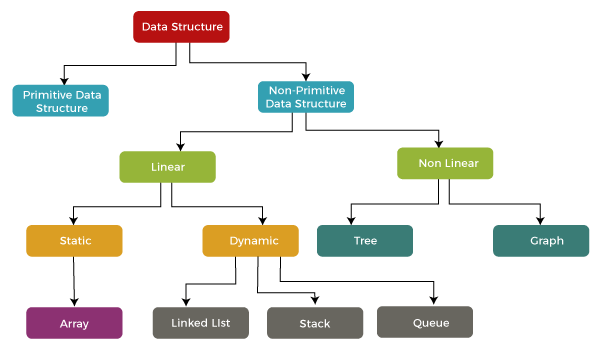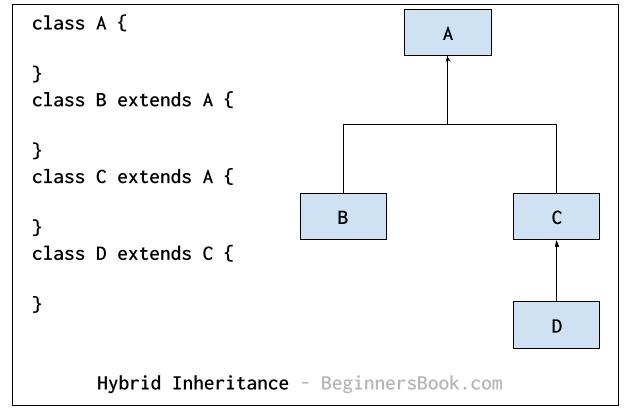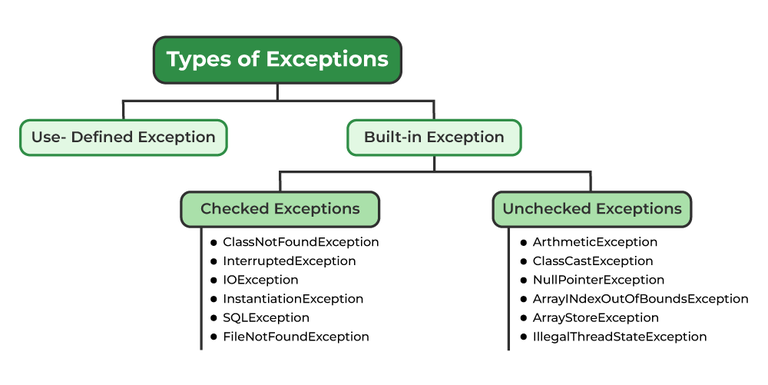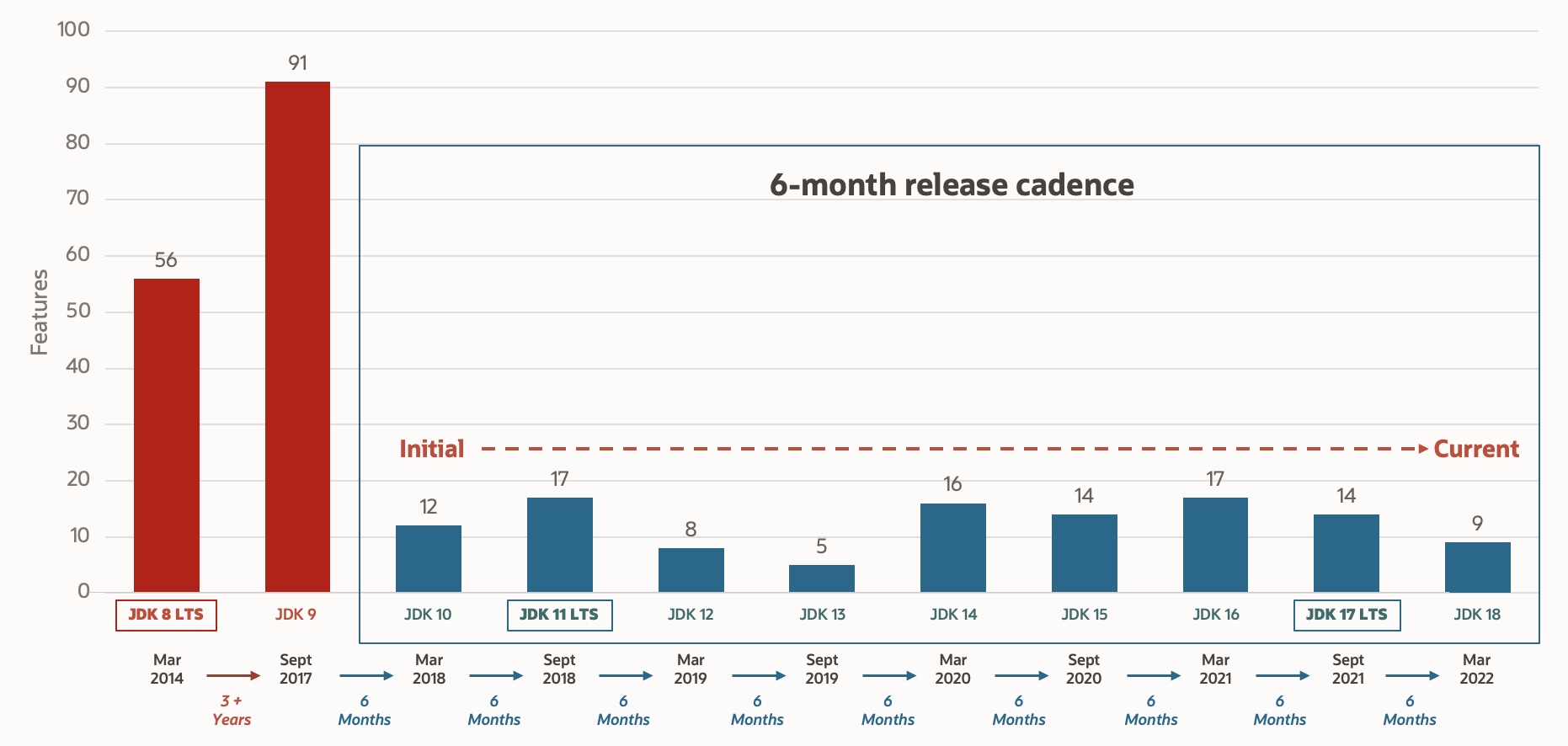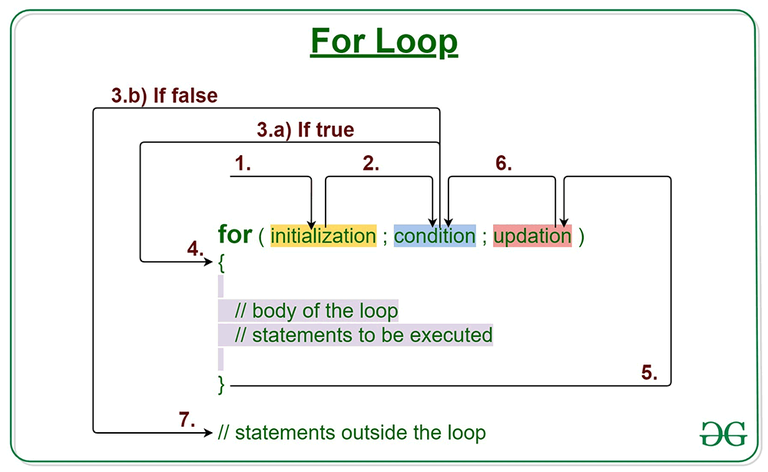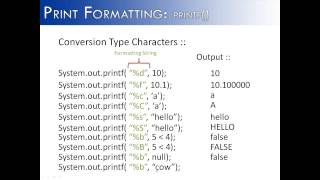What is exception handling in java method w3schools
What is exception handling in java method w3schools
Exception Handling in Java: A Comprehensive Guide (w3schools)
Exception handling in Java refers to the process of dealing with unexpected situations that occur during the execution of a program. These exceptions, or errors, can be caused by various factors such as invalid user input, network failures, or resource constraints. Java provides robust exception-handling mechanisms to help developers manage and recover from these situations.
Why Use Exception Handling?
Exception handling is crucial in Java programming because it allows you to:
Catch and handle unexpected errors, preventing your program from crashing or producing incorrect results. Provide meaningful error messages, making it easier for users to understand what went wrong and how to fix the issue. Improve code reliability by anticipating and preparing for potential exceptions.How Does Exception Handling Work?
Java uses an Exception Hierarchy to categorize exceptions into different types, including:
Checked Exceptions: These are exceptions that can be anticipated at compile-time (e.g.,IOException when reading a file). The compiler forces you to handle these exceptions using try-catch blocks. Unchecked Exceptions: These are unexpected errors that occur at runtime (e.g., ArithmeticException in an invalid mathematical operation). You don't need to explicitly declare or catch unchecked exceptions.
Java Exception-Handling Mechanisms:
try-catch blocks: Wrap a block of code with try and catch statements to handle exceptions. The try block contains the code that may throw an exception, while the catch block specifies how to handle it. catch keyword: Specify which type(s) of exceptions you want to catch using thecatch keyword.
Example:
public class MyProgram {
public static void main(String[] args) {
try {
int x = 5 / 0; // Division by zero!
} catch (ArithmeticException e) {
System.out.println("Error: " + e.getMessage());
}
}
}
throws keyword in the method signature. finally block: An optional block that executes regardless of whether an exception was thrown or not.
Best Practices for Exception Handling:
Catch and handle exceptions where they occur, to prevent them from propagating up the call stack. Use descriptive error messages to help users diagnose and fix issues. Re-throw exceptions if not handled, allowing the original caller to handle the exception (if necessary).In conclusion, Java's robust exception-handling mechanisms allow you to anticipate and recover from unexpected situations in your code. By understanding how to use try-catch blocks, catch keywords, throws statements, and finally blocks, you'll be better equipped to write reliable, error-prone-free code that provides meaningful error messages for users.
References:
Oracle Java Tutorials: Exception Handling w3schools: Exception Handling in JavaWhat is the method of exception class in Java?
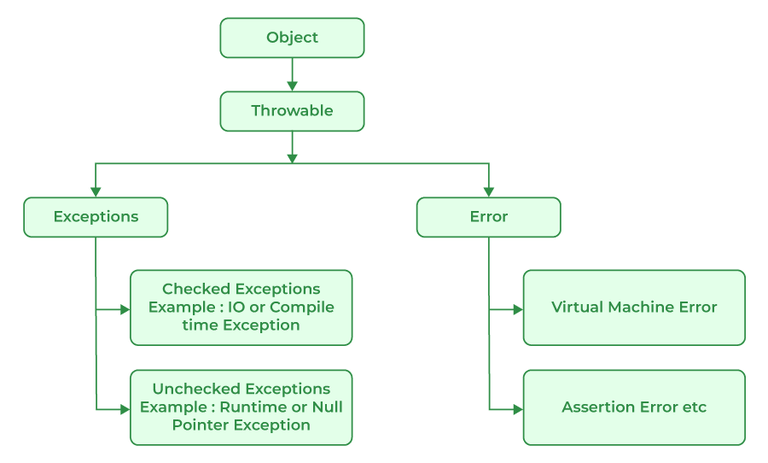
I'd be happy to respond in English for you this time!
In Java, an exception is an event that occurs during the execution of a program, which prevents normal execution and requires some corrective action to recover from it. Exception classes are used to handle such unexpected events or errors that can occur at runtime.
The method of exception handling in Java involves:
Declaring Exceptions: You need to declare which exceptions your code might throw usingthrows keyword in the method signature. This indicates that your method may generate a particular type of exception.
public void someMethod() throws IOException {
// ...
}
try-catch blocks to catch and handle exceptions. The catch block is used to specify which exception you want to catch and what action you want to take when the exception occurs.
public void someMethod() {
try {
// ...
} catch (IOException e) {
System.out.println("An I/O error occurred!");
}
}
In a try-catch block:
try block contains the code that might throw an exception. The catch block is used to handle the exception. You can specify which type of exception you want to catch using the catch clause. Rethrowing Exceptions: If you catch an exception but don't want to handle it locally, you can rethrow it using the throw keyword.
public void someMethod() {
try {
// ...
} catch (IOException e) {
System.out.println("An I/O error occurred!");
throw e; // Rethrow the exception
}
}
Exception class or one of its subclasses.
public class MyException extends Exception {
public MyException(String message) {
super(message);
}
}
// ...
try {
// ...
} catch (MyException e) {
System.out.println("A custom exception occurred!");
}
finally Block: The finally block is used to specify code that should be executed regardless of whether an exception was thrown or not.
public void someMethod() {
try {
// ...
} catch (IOException e) {
System.out.println("An I/O error occurred!");
} finally {
// Close resources, if needed
}
}
By using these methods, you can effectively handle and recover from exceptions in your Java code.
I hope this helps! Let me know if you have any further questions.

